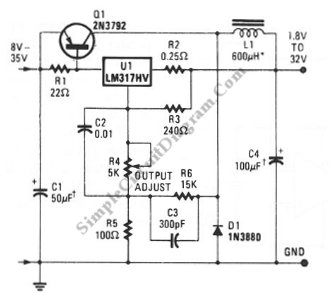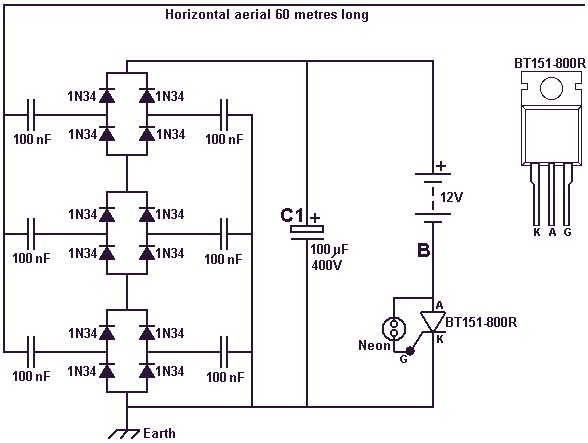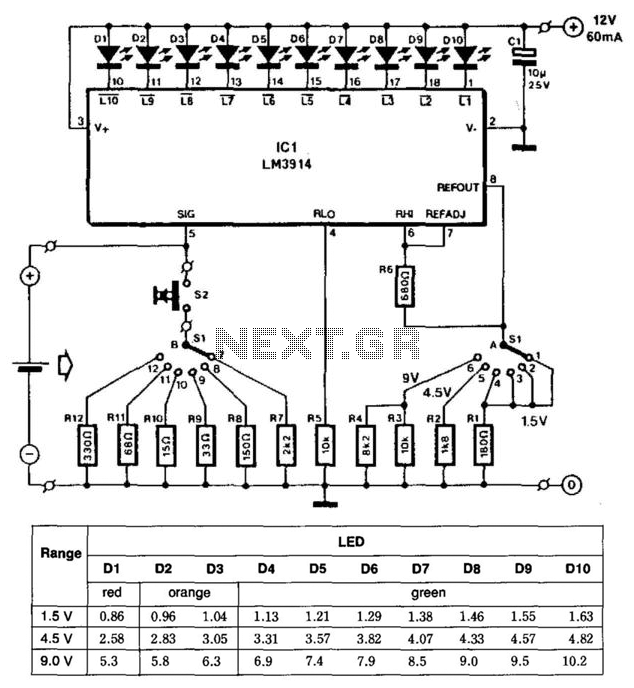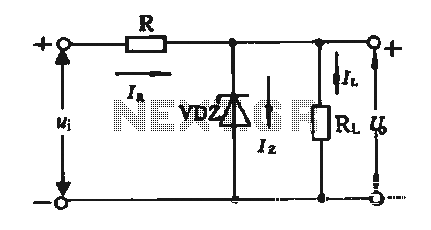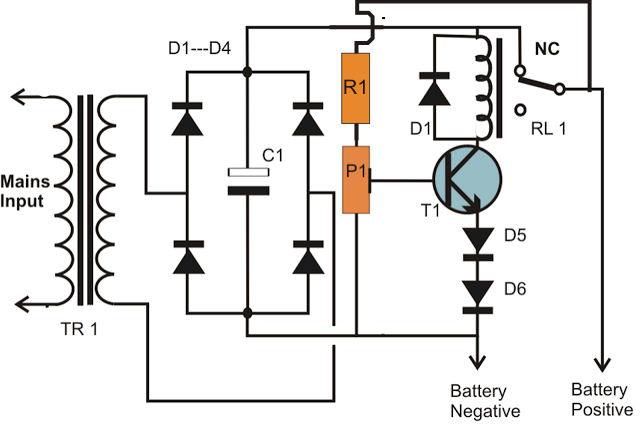
Battery Charger Regulator
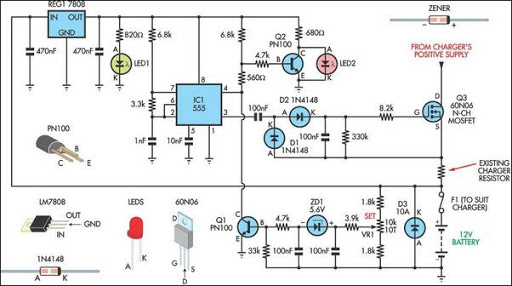
Most off-the-shelf car battery chargers cannot be left connected to the battery for long periods of time as overcharging can cause battery damage.
The operation of car battery chargers typically involves converting alternating current (AC) from a wall outlet into direct current (DC) suitable for charging lead-acid batteries. Standard chargers often lack sophisticated charging algorithms and may not include features such as automatic shut-off or float charging, which are essential for preventing overcharging.
When a charger remains connected to a battery beyond the recommended charging time, the continuous input of current can lead to excessive voltage levels within the battery. This overcharging can result in several detrimental effects, including the gassing of electrolyte, which diminishes the battery's capacity and lifespan. In severe cases, it may even lead to thermal runaway, where the battery overheats and can potentially cause leakage or explosion.
To mitigate these risks, smart chargers are available that utilize microcontroller-based systems to monitor the battery's state of charge (SoC). These chargers can automatically adjust the charging current and voltage based on the battery's needs, transitioning through different charging phases such as bulk, absorption, and float. This ensures that the battery is charged efficiently and safely without the risk of overcharging.
In addition, incorporating temperature sensors into the charging circuit can further enhance safety by allowing the charger to adjust its operation based on the battery temperature, preventing overheating. By using such advanced charging technologies, users can maintain the health and longevity of their car batteries while minimizing the risks associated with prolonged charging.Most off-the-shelf car battery chargers cannot not be left connected to the battery for long periods of time as over-charging and consequent battery damag.. 🔗 External reference
The operation of car battery chargers typically involves converting alternating current (AC) from a wall outlet into direct current (DC) suitable for charging lead-acid batteries. Standard chargers often lack sophisticated charging algorithms and may not include features such as automatic shut-off or float charging, which are essential for preventing overcharging.
When a charger remains connected to a battery beyond the recommended charging time, the continuous input of current can lead to excessive voltage levels within the battery. This overcharging can result in several detrimental effects, including the gassing of electrolyte, which diminishes the battery's capacity and lifespan. In severe cases, it may even lead to thermal runaway, where the battery overheats and can potentially cause leakage or explosion.
To mitigate these risks, smart chargers are available that utilize microcontroller-based systems to monitor the battery's state of charge (SoC). These chargers can automatically adjust the charging current and voltage based on the battery's needs, transitioning through different charging phases such as bulk, absorption, and float. This ensures that the battery is charged efficiently and safely without the risk of overcharging.
In addition, incorporating temperature sensors into the charging circuit can further enhance safety by allowing the charger to adjust its operation based on the battery temperature, preventing overheating. By using such advanced charging technologies, users can maintain the health and longevity of their car batteries while minimizing the risks associated with prolonged charging.Most off-the-shelf car battery chargers cannot not be left connected to the battery for long periods of time as over-charging and consequent battery damag.. 🔗 External reference
